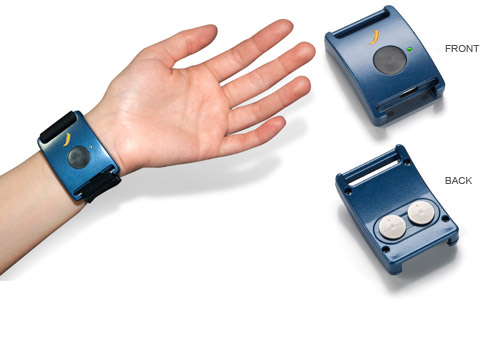INTRODUCTION
Recent developments in the hands on learning found in games has produced a great deal of enthusiasm for learning games from government, industry, and foundations. With this attention has come a variety of perspectives on how to best measure the learning gains produced by games. One of the most frequent arguments about the benefits of games touts their ability to better engage young people in a topic through interactivity with complex and compelling systems. This has led many funders to seek out an "engagement pedometer" of sorts - a means to understand with certainty whether or not a child is engaged in the material he or she should be learning. Some measures in informal science education fields (such as museums) have relied on whether the researchers believe, through observation, that children are paying attention to a lecture or audio-visual display or how long they linger at a particular exhibit. A "pedometer" would theoretically give a more reliable measure of a child's engagement. As sensors to measure Electrodermal Activity (EDA) have become more readily available and portable (see the image above), and as the science to understand the connection between the signals and human feeling and thought is advanced, EDA seems like a natural place to look for the "engagement pedometer."
In this study, I sought to both increase my understanding of EDA as a measure of human activity, as well as to understand what relationship EDA might have to learning. Because engagement is a difficult idea to define, I sought to instead understand whether experts and novices produced different types of signals when encountering a game with a famously wide gap between novice and expert activity: World of Warcraft (Blizzard, 2004). My hypothesis was that, because expertise is, "information so finely adapted to task requirements that it enables experts to do remarkable things with intellectual equipment that is bound by the same limitations as that of other mortals," (Bereiter & Scardamalia, 1993), expert players would show less exertion overall, even if performing the most challenging tasks in the game, than novices, who would be using their intellect to develop an understanding of the game. This is in part because previous studies have shown that EDA responds to mental or physical exertion and difficult motor activity (Edelberg & Wright, 1964; Kahneman, 1969; Pugh et al., 1966). In order to really understand what the players I studied were learning and experiencing during the experiment, I first measured their EDA while engaging in a typical experience for their relative level of expertise (creating a character and beginning adventuring for novices; participating in 10 person "raids" for experts), then measured their EDA while I showed them video tape of their play experience and asked them about it. This methodology produced a number of interesting results, presented on this site in the form of case studies. By choosing qualitative methods, this study favors an attempt to understand experience and makes no generalizable claims. It is hoped that the findings and the further questions they inspire can be researched at greater length.
